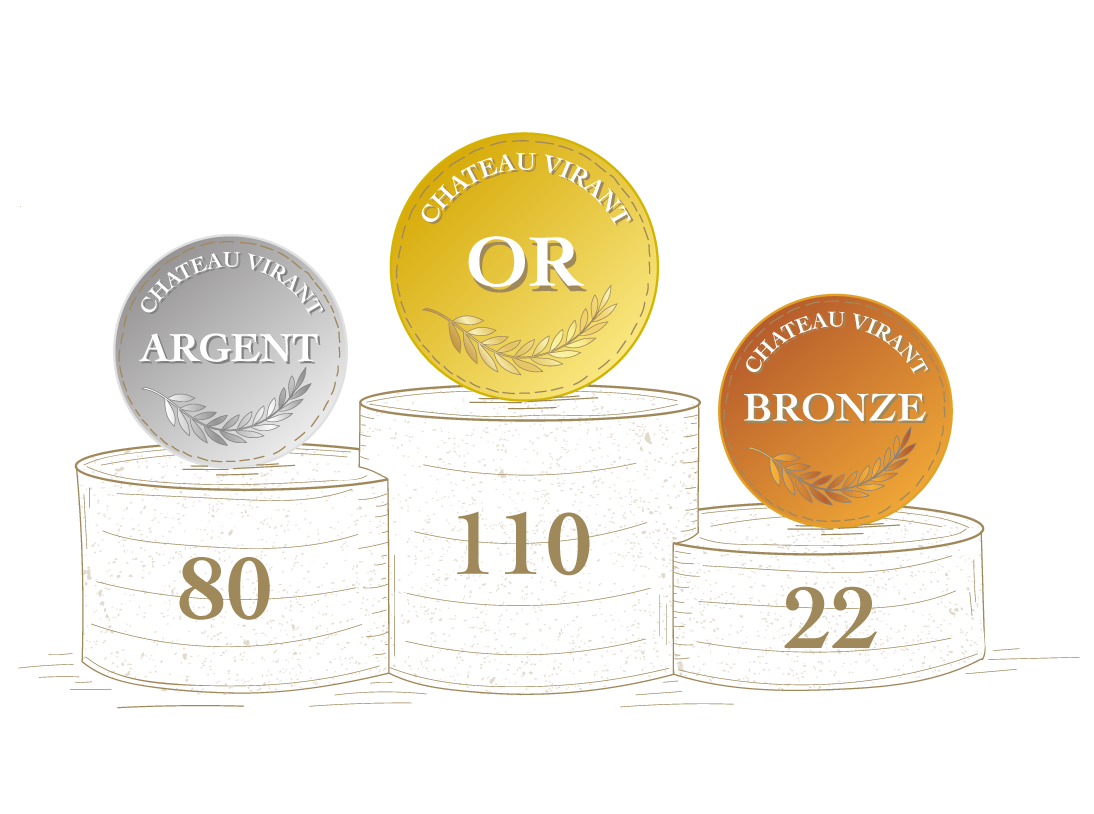Is the olive a fruit or a vegetable?
The olive has been used in the Mediterranean region for over 6000 years. It is a fruit, very rich in lipids, mono and polyunsaturated fatty acids, as well as in vitamins. It comes from a fruit tree: the olive tree. The olive is globular, of variable size and contains a woody stone, which encloses a seed.
The color of the fruit evolves. Indeed, the olive is initially green. It can turn black depending on its variety and its maturity. It reaches this stage between October and December and announces the beginning of the harvest.
The olive is used as a condiment and is eaten as a table olive, for the aperitif or in dishes. For this reason, some may label the olive as a vegetable. Especially since in general, fruits rich in carbohydrates, are rather sweet.
But, the fruit is always the product of a flower. In fact, it is the edible organ of plants that follows the flower and protects the seeds, pits or seeds.
On the other hand, the vegetable comes from a plant, a vegetable that appears in several forms.
The olive is not consumable as is. Without prior preparation, green olives are inedible because of the presence of tannins that give it a very pronounced bitterness.
It is therefore difficult to pick up an olive from the tree and eat it like an apple.
On the other hand, natural treatments allow to reduce the bitterness and to make culinary preparations like tapenade. These methods also make it possible to add olives to recipes.








